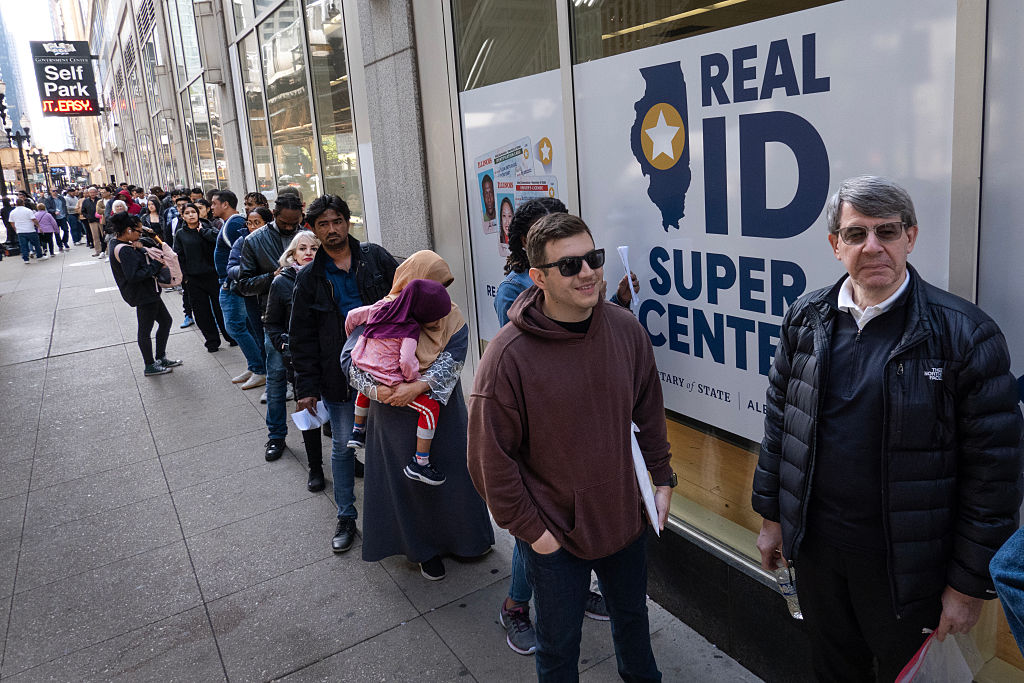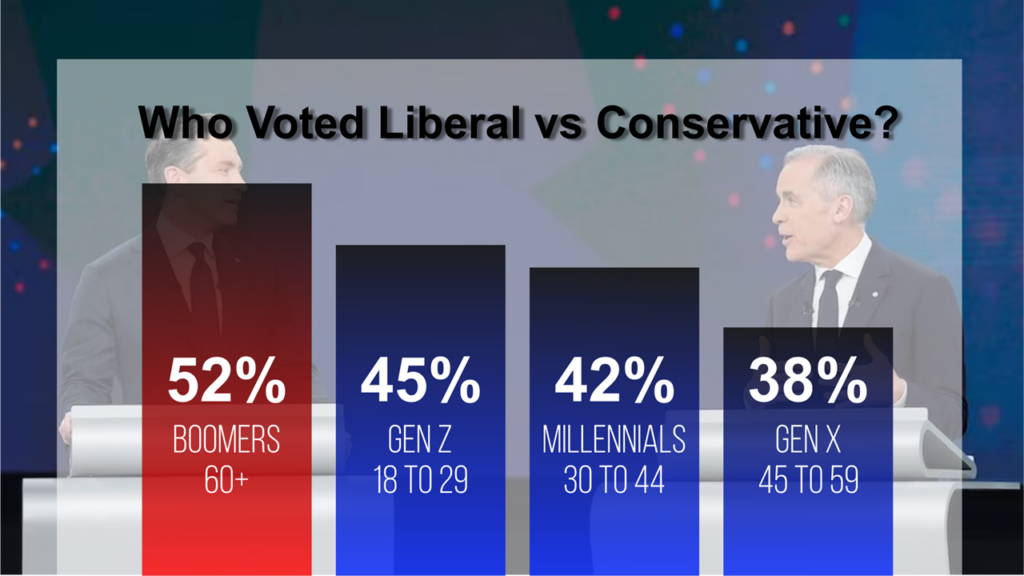The REAL ID Deadline Is Here: What You Need to Know

WASHINGTON—As of May 7, the REAL ID Act of 2005 will come into full effect. Everyone in the United States will require new forms of government-issued photo identification to board a domestic flight or enter a federal facility, and many Americans will need to change their IDs to comply.
1. May 7 Deadline Remains, but Non-REAL ID Holders May Still Fly
Ordinarily, under the REAL ID Act, anyone seeking to board a domestic flight must present a REAL ID or a compliant document at airports. The deadline when that would come into effect is May 7, 2025.
Obtaining a REAL ID requires additional documents—such as proof of lawful status in the United States—beyond those regularly provided when obtaining a driver’s license.
On May 6, Homeland Security Secretary Kristi Noem announced that an exemption would be granted to enable non-REAL ID holders to fly even after May 7. She said that travelers without REAL ID will be diverted to a different queue at Transportation Security Administration (TSA) screening checkpoints, and would undergo additional screening steps, but they would be permitted to board flights.
“What will happen, tomorrow, is folks will come through the line … if [their ID is] not compliant, they may be diverted to a different line [and] have an extra step, but people will be allowed to fly,” Noem told the U.S. House of Representatives’ Appropriations Subcommittee on Homeland Security during an oversight hearing.
2. Knowing Whether You Have a REAL ID, or Not
Usually, a REAL ID takes the form of a driver’s license or a non-driver photo ID card issued by a state’s Department of Motor Vehicles (DMV) or equivalent. States may issue such documents even if they are not REAL IDs. If your document is also a REAL ID, this is indicated by the presence of a black or gold star in the top corner of the plastic card.
At present, every state, the District of Columbia, and federal territory issues driver’s licenses and non-driver ID cards that are REAL IDs. Some also issue non-REAL ID cards to citizens and residents. These non-REAL ID cards are often cheaper to obtain and do not require as many supporting documents, making them attractive to individuals who merely want a license or ID for everyday purposes. They are also regularly issued to illegal immigrants by some states.
Usually, these non-REAL ID documents will have a notation that reads “Not Valid for Federal Purposes” or an equivalent and will not bear the required black or gold star. These documents are not REAL ID compliant and will be invalid for flying after May 7, save for the temporary exemption announced by Noem.
Temporary driver’s licenses, usually printed on paper, even with the requisite star, are not recognized by the TSA as being valid for REAL ID purposes. The document must be plastic or permanent.
3. Compliant Documents, Such as a Passport, Can Be Used in Place of REAL ID
REAL ID, as we have previously reported, is a form of state-issued identification that is issued after a more thorough verification of the recipient’s identity. It involves verifying their immigration status in the United States as a U.S. citizen or a foreign national who is lawfully present, as well as obtaining their Social Security Administration (SSA) number and multiple proofs of address.
However, the U.S. government will recognize, for REAL ID purposes, other documents that are not REAL IDs, but which are issued with similar standards of thorough verification of identity. Individuals can use these documents instead of REAL ID for domestic air travel, entering federal buildings, and any other purpose for which REAL ID may be required.
- U.S. passport booklets and U.S. passport cards;
- Lawful Permanent Resident cards—“green cards”—held by foreign nationals who are admitted as permanent residents of the United States;
- Enhanced driver’s licenses and Enhanced IDs issued by certain states, such as Washington, Minnesota, Michigan, New York, and Vermont, which denote U.S. citizenship and may be used to cross land borders;
- Trusted Traveler Program cards issued by the DHS, such as Global Entry, NEXUS, SENTRI, and FAST cards;
- Tribal Nation photo ID cards, for Native Americans who are members of a federally recognized Native/Indian Tribe;
- Foreign passport booklets issued by a foreign government—preferably, the same document used to enter the United States;
- I-766 Employment Authorization Document cards, for foreign nationals who are authorized by DHS to work in the United States—such as F-1 status students undergoing “Optional Practical Training” or “Curricular Practical Training”;
- Canadian driver’s licenses, issued by Canadian provinces to citizens and residents of Canada who are visiting the United States.
Anyone with these documents may use them instead of REAL ID for the same purposes.
4. Illegal Immigrants Cannot Obtain REAL ID
To obtain a REAL ID, the applicant needs to provide proof of lawful status in the United States. U.S. citizens are ordinarily required to provide proof of citizenship, such as a passport, birth certificate issued by a U.S. jurisdiction, naturalization certificate, consular report of birth abroad (CBRA), or an N-600 Certificate of Citizenship.
Foreign nationals, by contrast, must present both their foreign passport and proof of lawful status in the United States, which are inspected by state authorities when applying for a REAL ID. The actual duration of a REAL ID’s validity will be limited by the duration of authorized stay for the foreign national in question.
A foreign national who entered the United States without inspection, or who overstayed the duration of their status, such as an illegal immigrant, however, will likely not possess documents that indicate lawful presence in the United States. These foreign nationals will not be able to obtain a REAL ID, though they may still use their foreign passport or any other document that is REAL ID-compliant in order to fly.
5. States Are Facing Severe Backlogs for REAL ID Appointments
Amid the approaching deadline, Americans have flocked to state DMV offices to obtain REAL IDs. The high demand, heightened review, and additional documentation requirements mean that many states have been overwhelmed, resulting in a shortage of appointments to obtain REAL IDs. This has prevented many from obtaining them before the deadline.
Wait times and booking processes for REAL ID appointments will vary from state to state. While individuals wait for an appointment, they may use a REAL ID-compliant document, or apply for one, which may permanently substitute for a REAL ID.
















